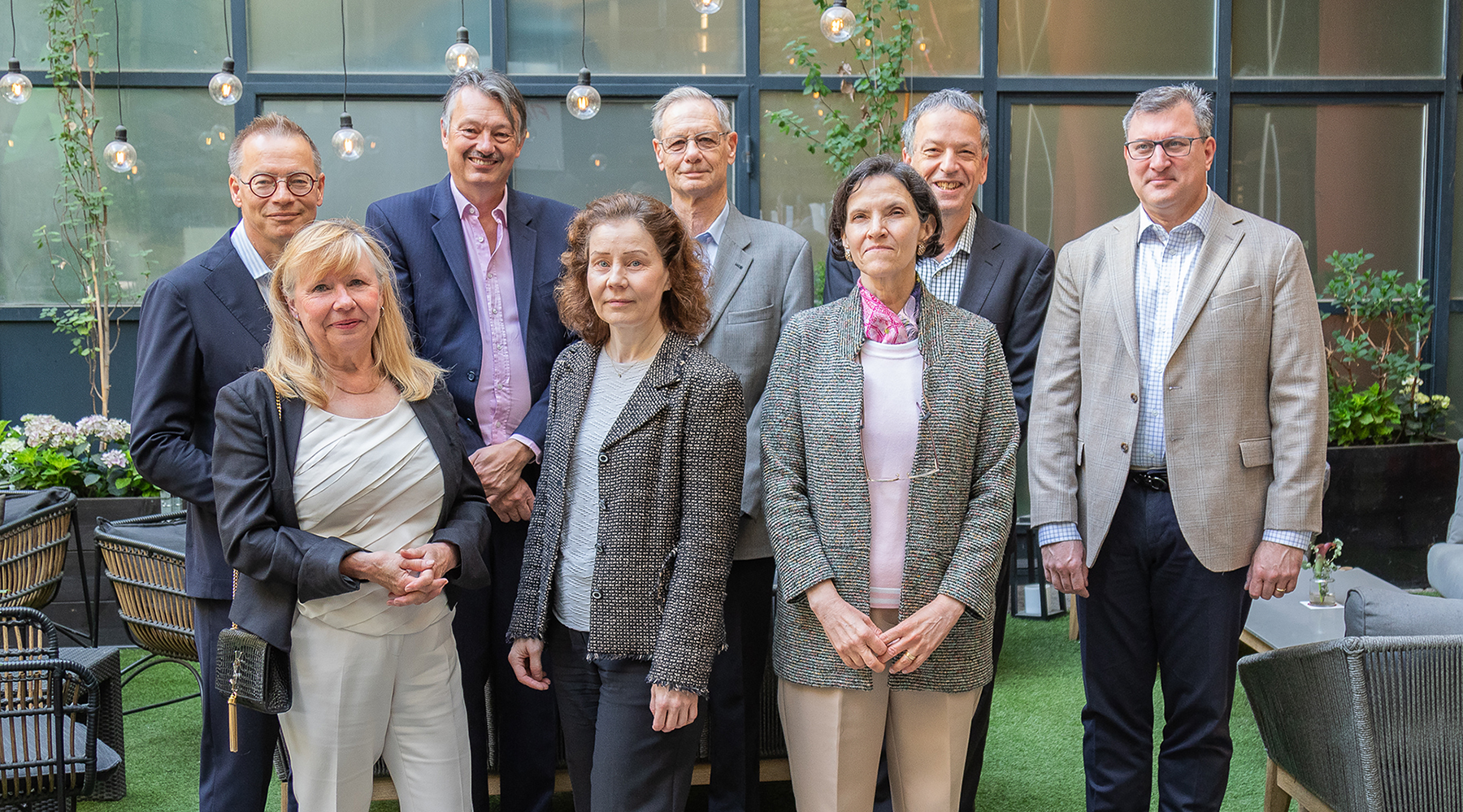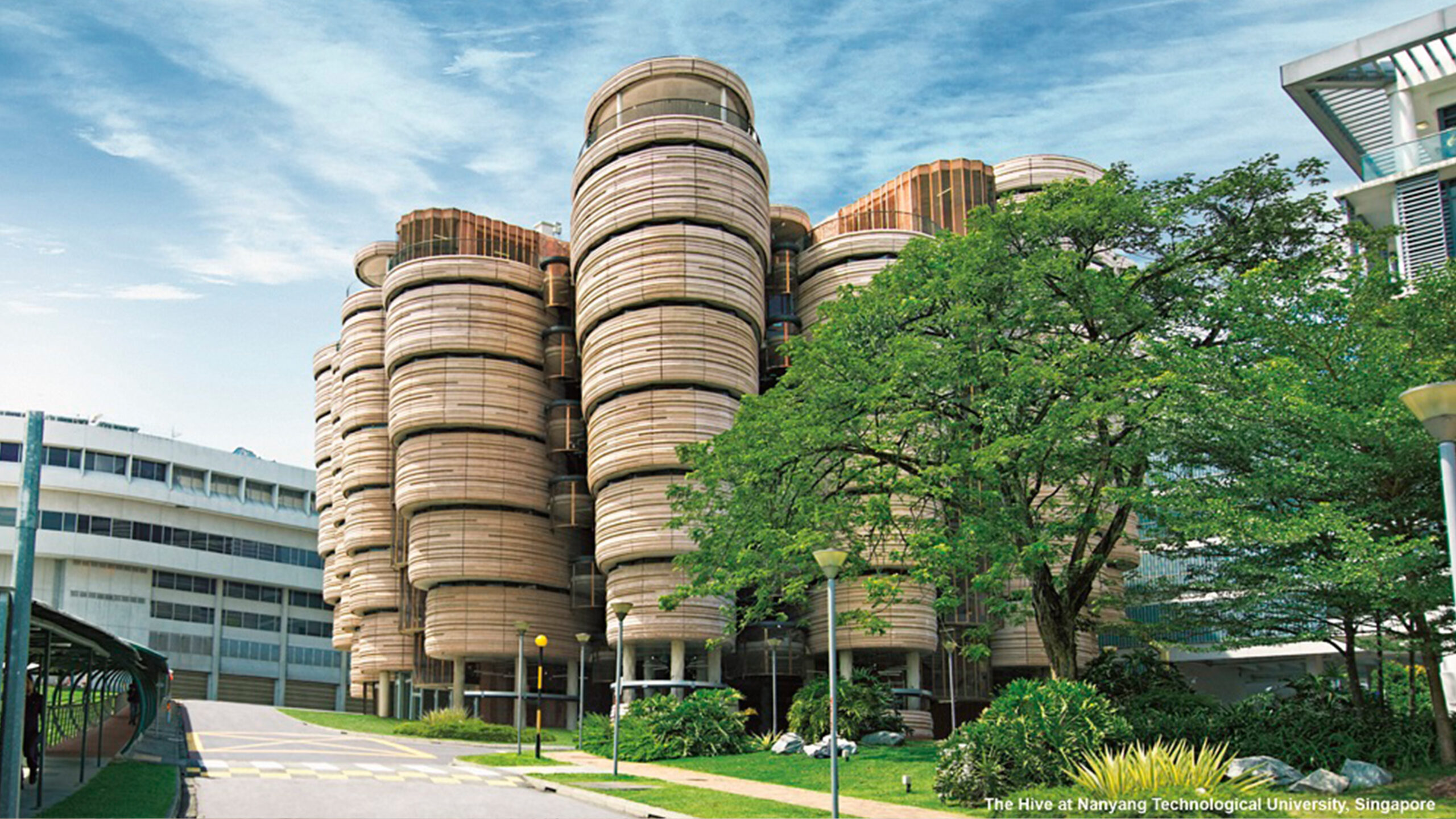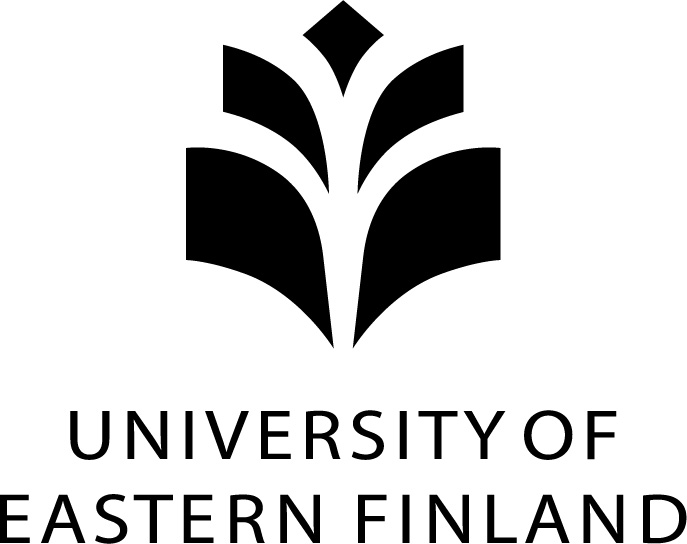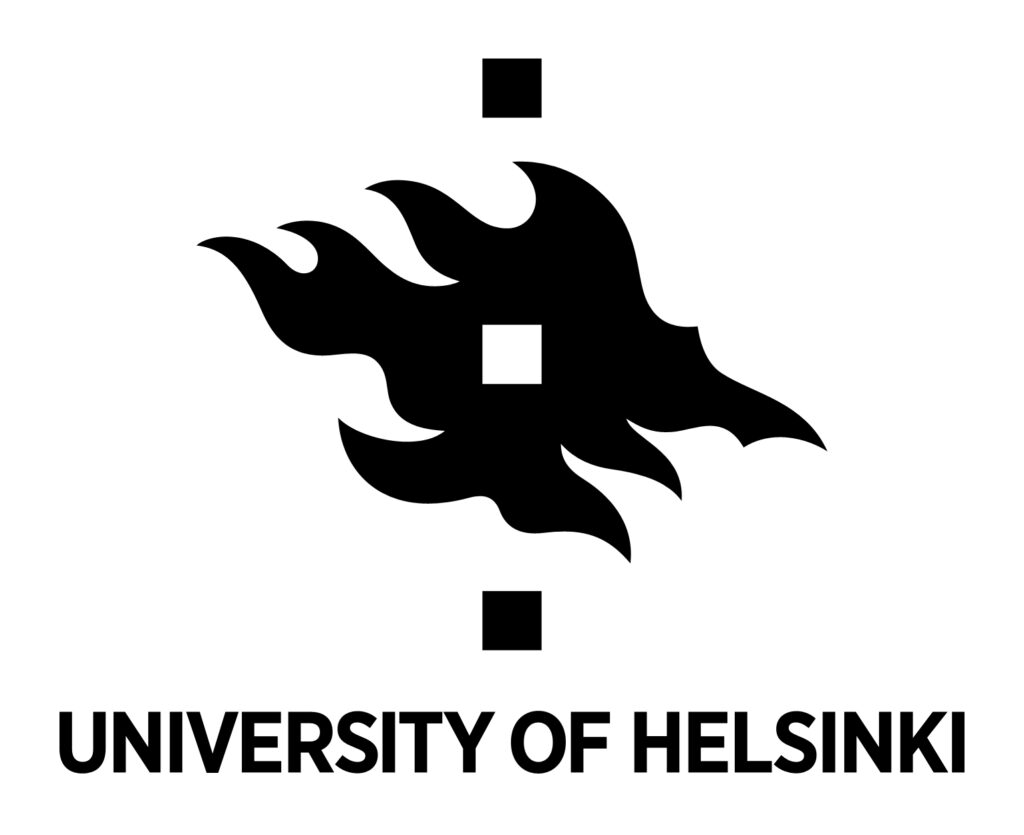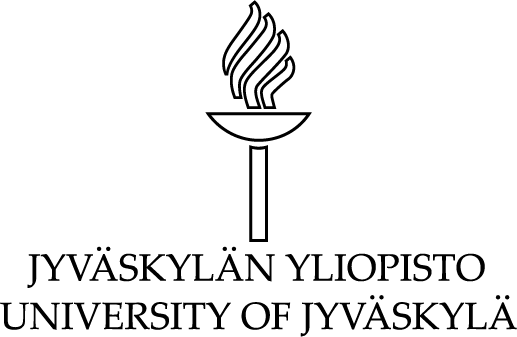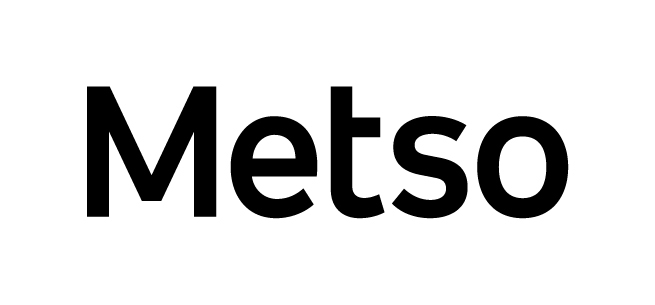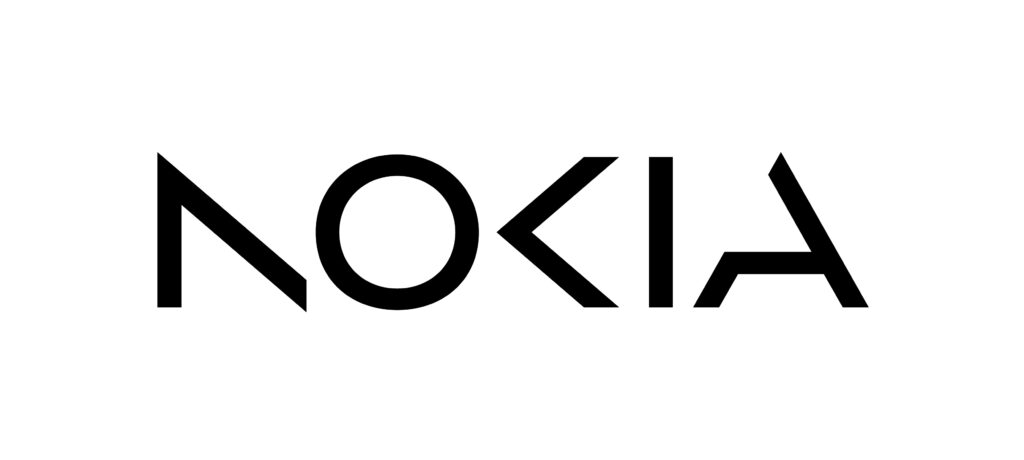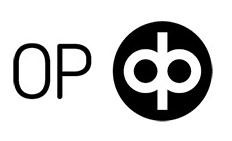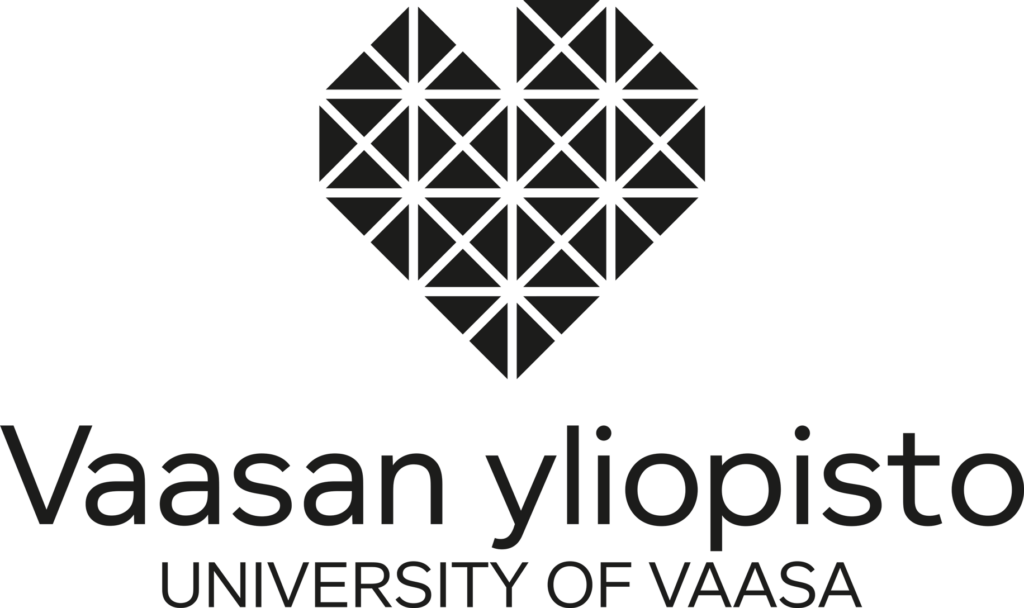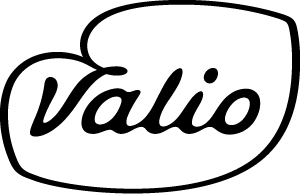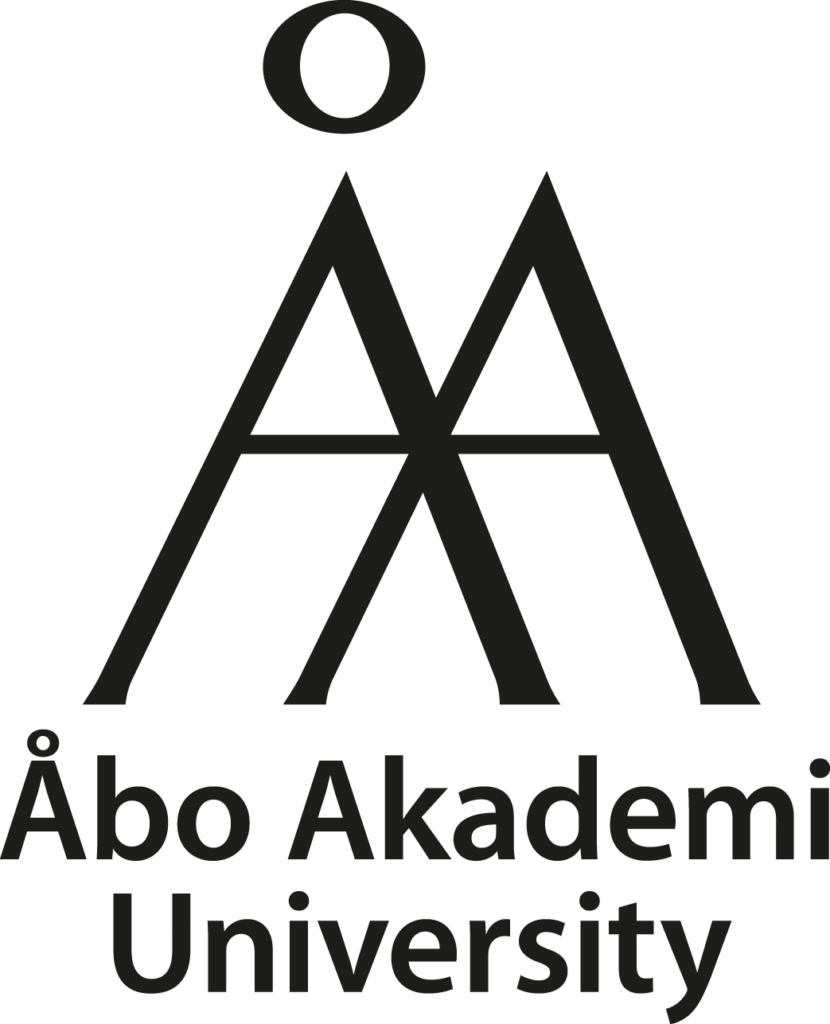Q/A with Scientia Professor Martin Green of the UNSW Sydney, Australia Winner of the 2022 Millennium Technology Prize
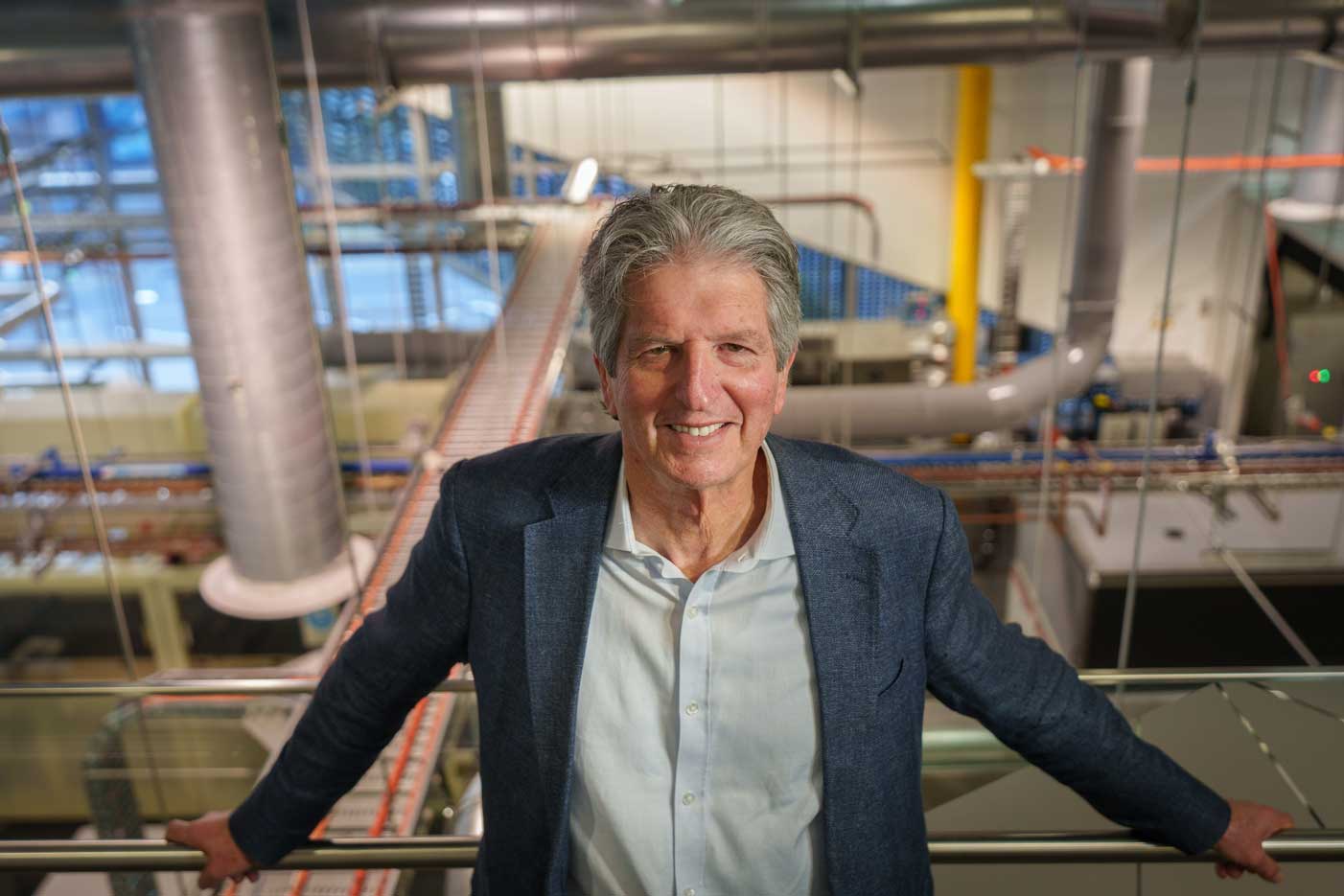
Professor Martin Green, 2022 Millennium Technology Prize Winner
1. What is PERC and how does it work?
Solar cells convert the energy from sunlight into electricity, with my research team holding the record for how efficiently silicon solar cells can do this for 30 of the last 39 years. PERC is the final solar cell structure that resulted from this work. It has been the main contributor to both the improvements in commercial solar cell efficiency and the reductions in cost that we’ve seen over the last five years. PERC stands for “passivated emitter and rear cell” where “emitter” refers to the cell top, so it is a solar cell where we have greatly improved both the top and rear surfaces.
As Albert Einstein showed, sunlight can be regarded as a stream of particles called photons. When photons with enough energy enter a cell, they excite electrons from within some of the atomic bonds that hold the silicon together. In these excited states, electrons can move through the cell. The longer you can keep them excited, the better the cell that can be made. You need not only good quality silicon to make a good cell but also good quality surfaces to prevent the excited electrons losing their energy there, hence PERC, where we have concentrated on improving the surfaces.
2. What are its applications? What are some of the most prominent statistics, examples or case studies that can describe the impact of your innovation?
Solar cells are increasingly being used to replace large power stations that rely on the burning of fossil fuels. In 2021, twenty countries or regions including Australia, Chile, Germany, Greece, Italy, Netherlands, Spain and Vietnam generated between 8% to 25% of their total electricity supply from solar, with this number rapidly growing (https://ourworldindata.org/grapher/share-electricity-solar).
PERC completely dominates the worldwide production of solar modules, accounting for 91.2% of total silicon module production in 2021 (CPIA). Since the time that strong PERC uptake commenced in 2016, I estimate that PERC has reduced costs to half of what they otherwise would have been in 2020. The annual reduction of wholesale cell prices increased from 12% compounded each year for the 2012 to 2016 period to over 22% each year for that from 2016 to 2020.
3. Are there any other applications of PERC that have received less attention or are relatively less well known?
It is widely known that the first commercial applications of silicon solar cells were on spacecraft, particularly communication satellites. But PERC has also been used in solar car racing, particularly in the 3,000-km World Solar Challenge, the solar car race across Australia.
To raise money for our research, we converted part of our lab to a mini production line and produced over 20,000 cells for three cars for the 1996 race. The Honda Dream won the race and set a new record using PERC, with the Toyota-affiliated car, also PERC-powered, coming third. The highly favoured Ford-affiliated car dropped out early due to electrical problems, but won the next race with a revamped version of the same PERC-powered car.
4. How did you come up with the idea of PERC and continue further developing it? What is the timeline of the development of PERC from its inception to its final stage? What challenges did you face while developing PERC, and how did you go about solving them?
My team attracted international attention when it set its first and second world records for silicon cell efficiency in 1983, making the first silicon cells over 18% efficient (all previous silicon cells were under 17% efficient, by present standards). This was by improving the top surface of the cell, with me coining the acronym PESC (passivated emitter solar cell) for our second record.
These results gave me the opportunity to accelerate our research by applying for local and international grant funding. These applications required outlining plans for how we intended to expense grant funds. I outlined three ideas, one of which was PERC, using similar approaches to those that had worked with PESC for the cell rear.
One of the other ideas got us up to 20% cell efficiency within two years, which was then regarded as the “four-minute mile” of photovoltaics. It took another three years to get the first good results with PERC in 1988.
11 years later in 1999, we produced the first cell that was 25% efficient by present standards, a figure that the industry is now approaching in low-cost commercial production.
The reason that it took 5 years to get the first efficient PERC cell was that my original design called for controlled “doping” of the silicon under the rear metal contact areas to the cell.
“Doping” is the process by which controlled quantities of elements other than silicon (usually B, Al, Ga or P) are added to the silicon to control its properties. This is one way of preventing the photo-excited carriers from losing their energy at these contact areas, thereby “passifying” the contacts. This required setting up new equipment and finding ways of adding the dopants without unduly decreasing the electronic properties of the bulk silicon material itself.
Since progress in this area was slow, the then-head of our processing team, Andrew Blakers, suggested that as an interim measure, we simplify the structure and do away with this doping feature. This proved successful, with another team member, Jianhua Zhao, making the first efficient PERC cell in the second half of 1988, independently confirmed as 21.8% efficient.
Prior to leaving for Germany to take up a Humboldt Fellowship in early 1989, Andrew left a parting gift of a slightly improved cell, confirmed as 22.1% efficient. With Jianhua Zhao now the processing team leader, two very effective processing changes were implemented soon after by a third team member, Aihua Wang, which took the confirmed efficiency to 22.8% in March 1989, regarded at the time as the first PERC world record.
I quickly wrote up these results in the first paper where the PERC cell is mentioned, having to choose between Blakers and Wang for the honour of first authorship, given the considerable input both had in achieving this result (Applied Physics Letters, Vol.55, p.1363, 1989)
Further refinements increased confirmed efficiency to 23.2% by June 1989. A subsequent recalibration by the laboratory confirming these results made this, rather than the earlier 22.8% result, the currently officially recognised first PERC world record cell, with an efficiency of 22.6% by present standards.
Later in the year the problem of doping under the rear contacts was completely solved, giving us the expected large jump in confirmed efficiency to 24.2% (23.4% by present standards).
Over the 1990s, the device was steadily improved to 25% efficiency, by present standards, at the end of the decade. This equaled the value that I suggested was the practical limit upon silicon cell efficiency in my theoretical analysis of the limits on silicon cell efficiency way back in 1983, when we made our first 18% efficient cell.
The large-scale, low-cost commercial production of PERC cells for the terrestrial market began in 2012 and had gained sufficient momentum by 2016 to begin influencing cost reduction. PERC became the dominant commercial product in 2018 and is expected to remain dominant for at least the next decade.
5. What are your thoughts about winning the Prize? What was your reaction when you first received the news?
It is, of course, a great honour to have been selected to receive such a prestigious Prize. The prize not only recognises my career contributions to photovoltaics but the achievements of all my students and research colleagues with whom I have worked over this career, as well as those of the broader photovoltaic research and commercial community.
I received a call on my mobile from a suspicious-looking overseas number on my mobile on the afternoon of 15 June 2022. I answered hesitantly, half expecting it to be some type of scam. My mood changed completely once I realised the call was from the Chief Executive Officer together with the Chair of the Board of the Technology Academy Finland.
After I was advised of the good news, a very pleasant conversation followed where, amongst other topics, we discussed my availability for the presentation ceremony. I remember mentioning that it fitted in perfectly with my travel plans since I was planning to be in Mumbai the week before, where I would be advising an Indian company on its plans for major investments in solar.
6. What impact do you think the Prize will have on you personally? What about the impact on anyone working to solve climate change or create new innovations for green energy in general?
I think the Prize will increase my credibility as a spokesperson for what needs to be done to address climate change. We need to switch as quickly as we can from fossil fuels to renewable energy to sustain the trajectory of human civilization on our shared planet. The rapid cost reductions in solar that my work has facilitated have come just in time, right at the point when the importance of acting immediately to address climate change has become overwhelmingly obvious.
7. What further research or innovations (for PERC or otherwise) are you focusing upon or are going to focus upon after winning the Prize?
My present research has two main thrusts. One is near-term: looking at how the performance of commercial PERC cells can be further improved.
One way is by looking at another way of “passifying” the rear cell contact, which dates back to my PhD work in the 1970s. This occurs by using quantum mechanical tunnelling through a thin oxide layer to make contact rather than relying on intimate contact between metal and silicon. Our first world record cell in 1983 used this approach for the top contact, but we switched to an approach that was simpler to fabricate in our subsequent work.
The other approach is longer-term and relies on stacking thin cells made from semiconductors other than silicon on top of a silicon cell. Silicon cells respond to photons of all colours in sunlight, from blue to red and even to the lower-energy infrared ones that our eyes can’t see. However, from basic thermodynamics, the energy output from the cell must be less than the energy of the lowest energy photon to which the cell can respond, multiplied by the number of photons of energy above this threshold.
This means that a blue photon with three times the energy of an infrared threshold photon effectively wastes most of its energy in a silicon cell. This is one reason why our record PERC cells convert sunlight with “only” 25% efficiency (efficiency is not important when the fuel is free, but it does reduce the cost of fabricating, transporting and installing solar panels).
However, cells made from other semiconductors can have a different response threshold. If one with a higher energy response threshold (responding to only high energy green, blue, violet and ultraviolet photons) is stacked on top of a silicon cell, these photons will be absorbed in the uppermost cell while the lower energy yellow, orange, red and infrared photons will not be absorbed, passing through to the underlying silicon cell.
Because of the higher energy response threshold of the uppermost cell, it has the potential to extract more energy from the photons it absorbs than a silicon cell can. Hence, the combination can give an efficiency gain.
Stacking a single cell on silicon can give over 40% relative gain in performance, taking a 25% efficient silicon cell to over 36% efficiency, while stacking two cells can give over 60% relative gain, taking 25% efficiency to over 40%.
My team proved that such efficiencies are technically feasible when it made the first 40% efficient solar module in 2014 using four cells in the stack, with our slightly improved value in 2016 still remaining the official record for a solar module (https://www.nrel.gov/pv/module-efficiency.html).
However, for this approach to be commercially viable for the mainstream solar market, the cells in the stack need to possess all the strong attributes of silicon: abundance, non-toxicity, excellent stability and the ability to give high efficiency over 20%. No semiconductor has yet been found meeting all four criteria. Of these, CZTS, a compound involving copper, zinc, tin and sulphur (where we presently hold the record for efficiency of 11%) meets all but the efficiency criterion, which is probably the most important criterion.
8. What challenges does using and transitioning to green energy – especially solar energy face at the moment? What role can PERC be expected to play in the coming years?
The most immediate challenge at present is building up solar panel supply chains sufficiently and quickly to meet burgeoning demand. This demand is increasing rapidly, given the recent recognition by influential bodies such as the International Energy Agency (IEA) and the Intergovernmental Panel on Climate Change (IPCC).
In their most recent reports, they state that the rapid installation of solar and wind is the most efficient and cost-effective strategy for reducing global CO2 emissions. The current European gas shortage is further accelerating plans for making the transition to renewable energies.
A related challenge is the diversification of the international supply chain for solar panels so the world is not so dependent on a single country, namely China, for the supply of low-cost solar panels. My group and US investors have been largely responsible for China being so successful. Chinese manufacturing started via Australian-Chinese joint ventures established by my former students, who subsequently attracted substantial funding for production expansion by listing on US exchanges between 2005 and 2010.
This has been good for the world to date, both by providing us with low-cost panels and by encouraging China to aggressively install solar rather than use more coal. However, now that we know how to manufacture panels cheaply, diversification has become feasible. It is also more important than ever, owing to growing geopolitical tensions. India has the most developed plans for establishing local supply chains, with Europe and the USA also showing interest.
The International Technology Roadmap for Photovoltaics (ITRPV) shows that PERC will be dominating production over the coming decade, so PERC will play a major role in the massive energy transition expected over this period.
9. What do you think about the future of the planet with regard to climate change? Are you satisfied with the current level of action? If not, what more needs to be done and by whom?
Unfortunately, most of the world has moved too slowly in responding to climate change. It is only the devastating fires and floods over the last few years that have given a glimpse of what the future might hold without concerted action. All countries need to commit to a staged reduction in CO2 emissions and also accelerate reductions beyond their commitments.
Researchers like myself need to do their best to accelerate the development of solar so that it can become “insanely cheap” as quickly as possible, ushering in the third major turning point in the history of humanity following the adoption of agriculture and the Industrial Revolution.
10. Do you have any advice for other researchers and innovators looking to follow in your steps and creating innovations for a better life?
I think any success that I have been able to achieve comes from thoroughly enjoying my chosen career path and the resulting interactions with students and other researchers. Although I was originally interested in microelectronics due to the technological excitement of a field that continues to develop so rapidly, I made a conscious decision at a critical stage of my career to divert my interest to a field that had more direct social impact, a decision that I have never regretted.

